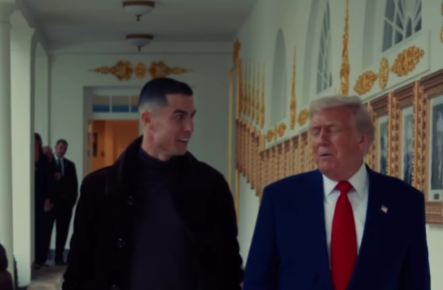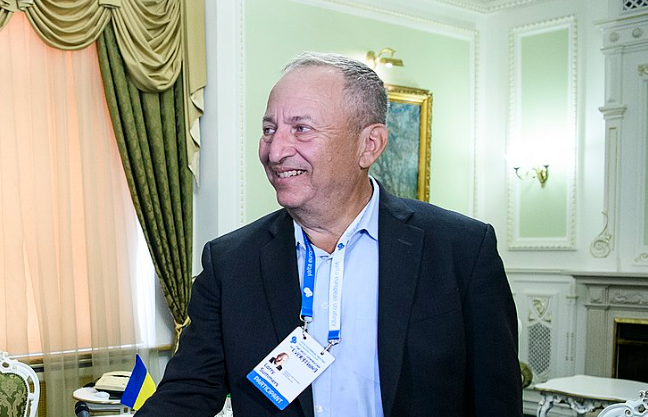Deadly Ambush: Idaho Firefighters Lured Into Sniper’s Trap

© rolled._ / Instagram
What started as a routine response to a brush fire on Canfield Mountain in Coeur d’Alene, Idaho, turned into a horrifying ambush that claimed the lives of two firefighters and critically injured a third.
Firefighters Frank Harwood and John Morrison, both respected battalion chiefs, were shot and killed at the scene. A third firefighter, Dave Tysdal, was left in critical condition. The shooter was identified as 20-year-old Wess Roley, who authorities say intentionally set the fire to draw first responders into a deadly trap.
The Gunman and His Motive for the Firefighters
Roley, described by former classmates as a loner obsessed with guns and extremist imagery, had no criminal record but showed disturbing behavior over the years. Classmates remembers him sketching weapons and Nazi symbols, while his family admitted he had long admired first responders and once wanted to become a firefighter himself. In the days before the ambush, Roley shared videos on social media showing himself in camouflage with ominous music playing in the background.

Authorities later found his body near the scene. Roley had apparently taken his own life after carrying out the attack. Law enforcement officers, including state police, the FBI, and ATF, were deployed in a large-scale search effort that led to his discovery.
A Community in Mourning for the Firefighters
The state of Idaho was left reeling. Governor Brad Little ordered flags to be flown at half-staff to honor the slain firefighters, while processions and memorials were held across Coeur d’Alene. Both Harwood and Morrison had served their communities for decades and were widely regarded as dedicated, compassionate leaders. Their tragic deaths marked one of the rare instances in U.S. history where firefighters have been deliberately targeted.
Concerns for First Responder Safety
This incident sparked nationwide concern over the growing risks faced by firefighters, paramedics, and emergency responders. Unlike police, many firefighters are not trained to expect armed conflict during routine calls. Experts are now calling for updated training and additional security protocols to better prepare first responders for the possibility of targeted violence.

The Bigger Picture
The attack raises tough questions about mental health, radicalization, and the vulnerability of emergency personnel. While investigations into Roley’s motives and digital activity continue, communities are being forced to reckon with the harsh reality that even those who arrive to help can now become targets themselves.
You might also want to read: Two Idaho Firefighters Killed in Heinous Wildfire Trap


